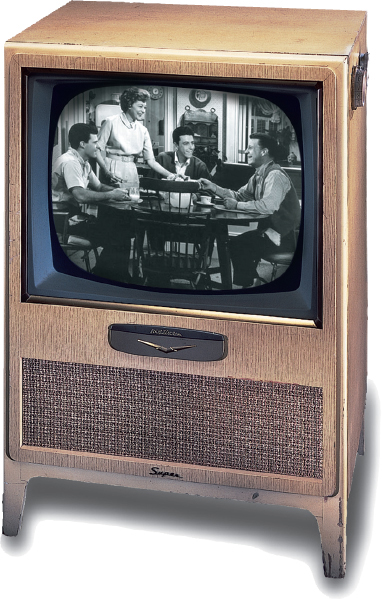How did prosperity affect American society and culture?
Printed Page 822

Figure false: The Made-for-TV Family
Figure false: The Adventures of Ozzie and Harriet ran on television from 1952 to 1966. Like other family sitcoms, it idealized white family life, in which no one got divorced, no one took drugs or seriously misbehaved, fathers held white-collar jobs, and mothers did not work outside the home. Picture Research Consultants & Archives.
PROSPERITY IN THE 1950s intensified the transformation of the nation into a consumer society, changing the way Americans lived and converting the traditional work ethic into an ethic of consumption. The new medium of television both reflected and stimulated a consumer culture. People married at earlier ages, the birthrate soared, and dominant values celebrated family life and traditional gender roles. Undercurrents of rebellion, especially among young people, and women’s increasing employment defied some of the dominant norms but did not greatly disrupt the complacency of the 1950s.
CHRONOLOGY
1945–1960
- – Baby boom.
1953
- – Playboy begins publication.
1960
- – Nearly 90 percent of American homes have a television set.
1963
- – Betty Friedan publishes The Feminine Mystique.